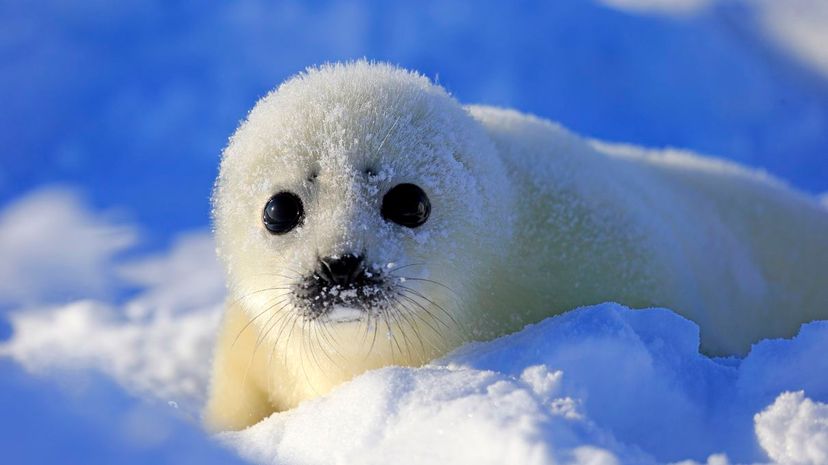
About This Quiz
You've walked with the moose and flown with the geese, but there are so many more of these iconic Canadian animals to know! Aside from how they look, our Canadian animals are unique. From the animals who live in the freezing tundra to the ones who sleep on our doorsteps, each one has its personality, needs and ways of life that help them to sustain themselves in whichever way they need it most. How many facts do you know about the animals with which we share our country?
Did you know that a deer sheds its horns every year to grow new ones? Or that a wolf sticks with its mating partner for life? You'll need to know facts like these on this quiz. Many of our animals have to adapt to our climate to survive, which is quite evident when looking toward the northern territories. Here, you'll find animals like the polar bear or the Arctic fox who need to have warm fuzzy coats to survive the harsh climate.
How much do you know about the animals we see around the country? You'll have to find out by testing your Canadian animal knowledge with this quiz!
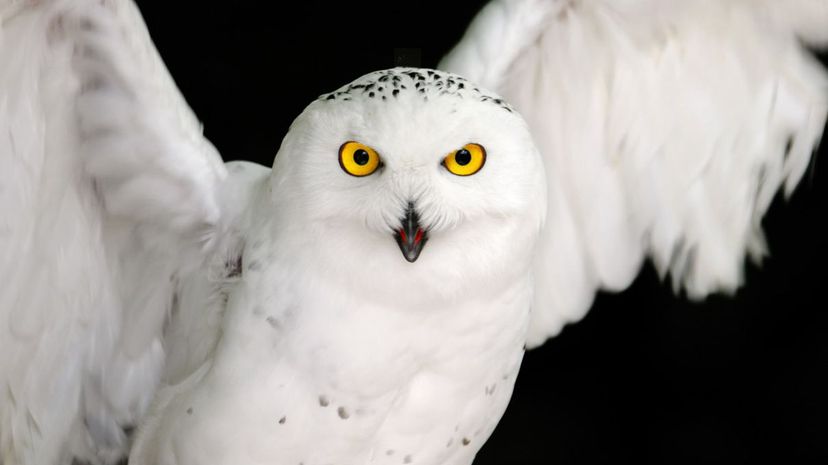
The snowy owl likes to live where the snow is, as noted by its descriptive name. But with snow come the freezing temperatures that force these owls to find a way to keep warm. To do that, they grow more feathers than other types of owls, allowing them to survive in these conditions.
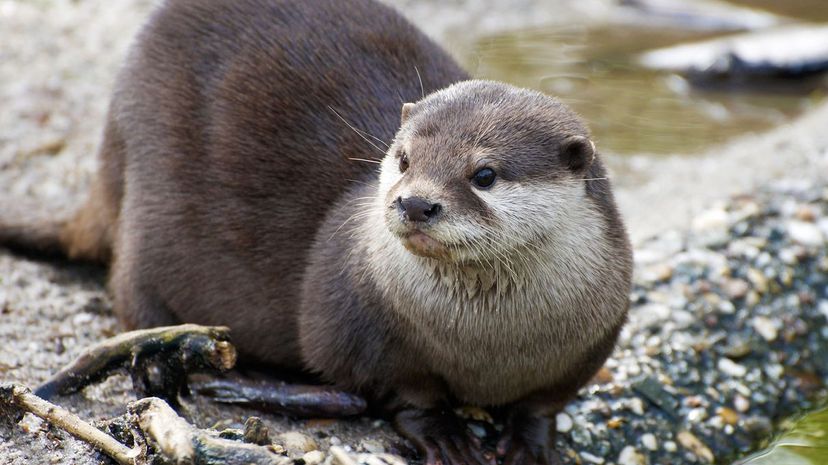
Everyone loves an otter as they're some of the most playful animals in the Canadian wild! Did you know that a group of otters in the water is known as a raft? This name fits perfectly for an animal that spends so much time in the water.

Head over to the east coast, and you might find a few of these beautiful birds hanging around. They can fly extremely fast, hitting speeds of more than 80 kilometers an hour at their fastest.
Advertisement
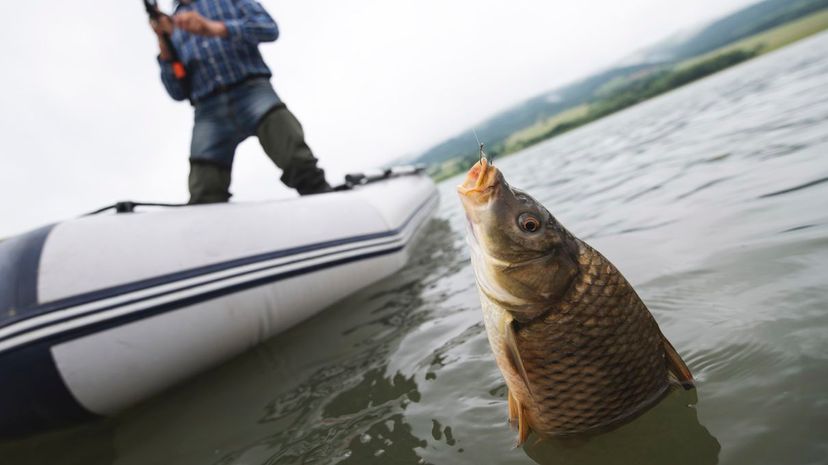
The common carp is an easy find worldwide, but it's also found all over Canada. They're great for fishing and eating, and one thing you might not know about them is that their eggs are also used in caviar.
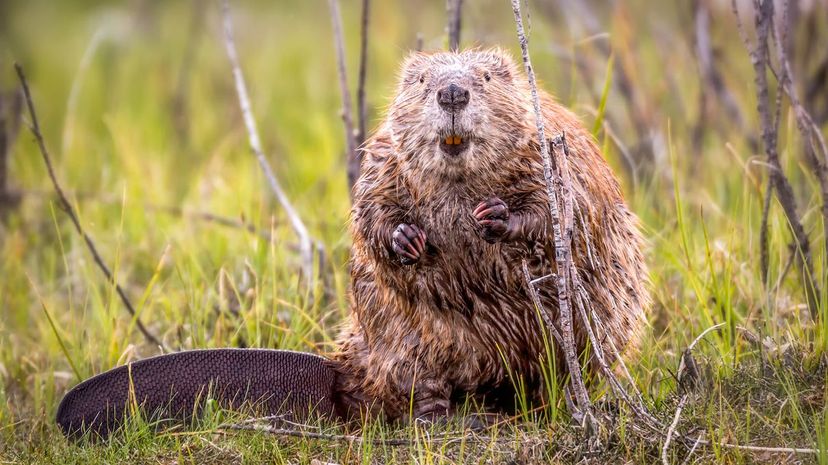
Beavers are common along our rivers and other waterways, usually working away at their dams. Their dams are much more complex than you might think, with a dry area that has access to the water underneath it.
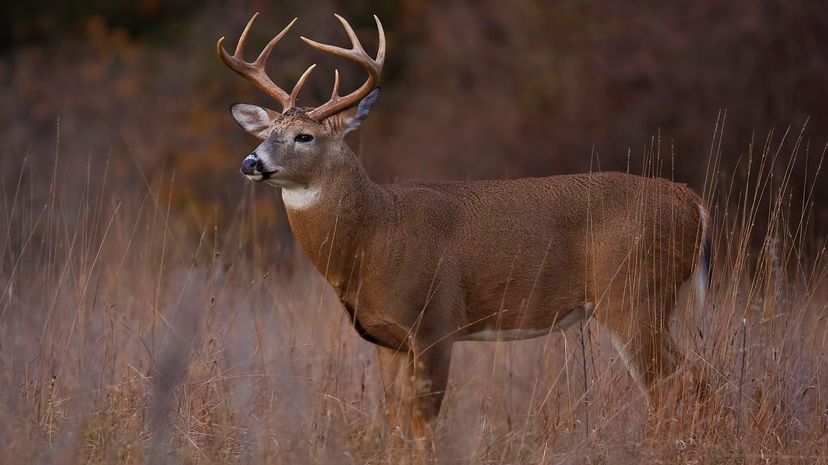
The white-tail deer is similar to a cow in that its stomach is made up of four chambers. A deer is also almost always eating, sometimes more than five times per day. They have to eat a lot to help sustain them!
Advertisement
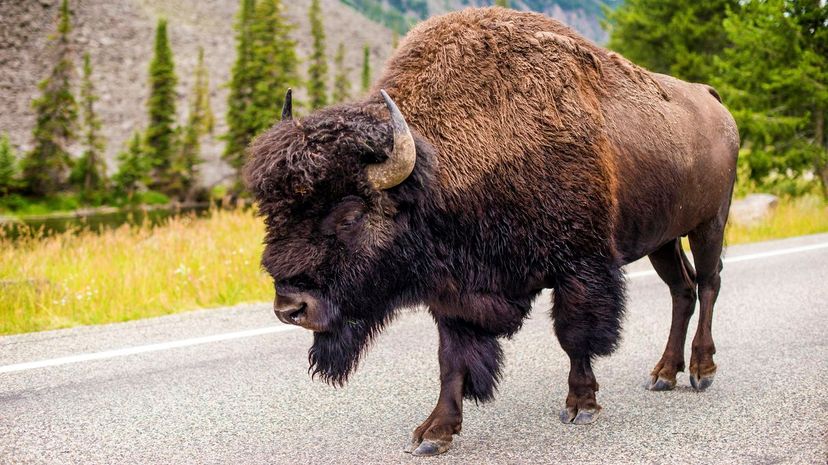
A great place to catch a glimpse of these beautiful creatures in their natural habitat is in Yellowstone National Park in the U.S. The herd that roams here is also unique as they are purely bison, with no genes from cattle.
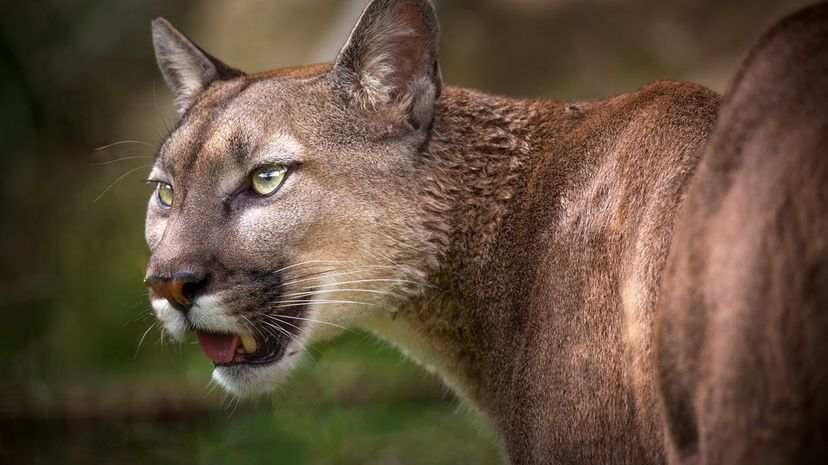
Cougars are known for making their own type of sound, but they don't roar as you might believe. They're also incredible at jumping, and they're able to do so for as much as 40 feet.

One interesting thing about turtles is that they hibernate. Most commonly, the painted turtle will do this underwater. This is the best thing to do when those inevitable winter months come along.
Advertisement

Bighorn sheep are found in herds, but what you may not know is that these herds are separated by the sex of the sheep. The females usually form much larger groups, while in male-dominant groups, there is a lot of fighting to determine who becomes the leader.
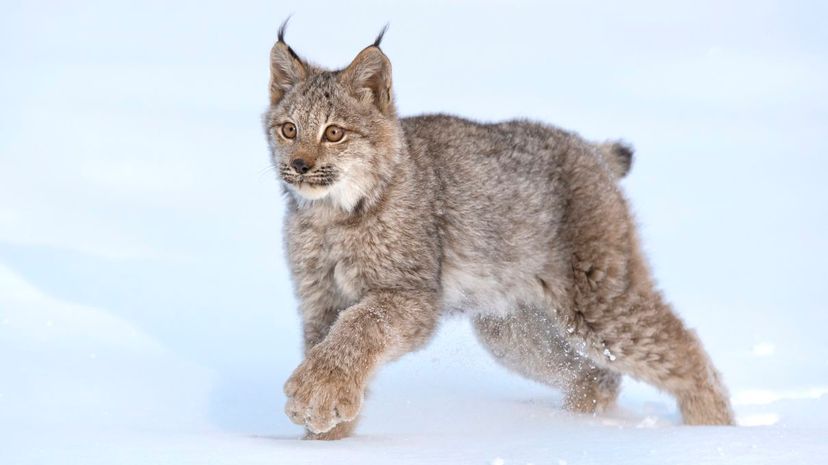
Lynx enjoy living where it's cold and they're also quite solitary. Did you know that the tufts of hair on their ears do more than just make them look even cuter? They're very helpful in aiding their sense of hearing.
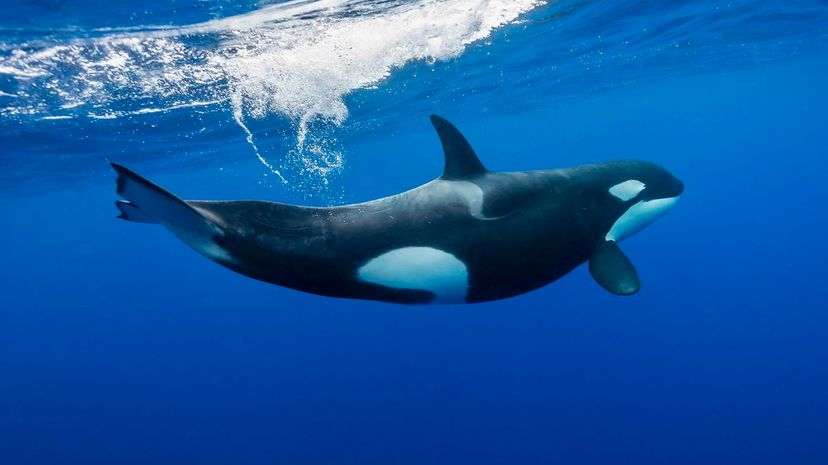
Killer whales live in the Atlantic and Arctic oceans off the coast of Canada, where you can get a glimpse of them. Where there's one, there are usually more, making for an incredible once in a lifetime sight.
Advertisement

The red fox is known to take refuge underground when it's time to sleep. A baby fox is born blind and deaf and they are called "cubs" when they are in this stage of life.

While they're preyed on by larger animals, spotted salamanders have a way of protecting themselves. They have a toxin that deters predators from eating them, and they release it when they need to.
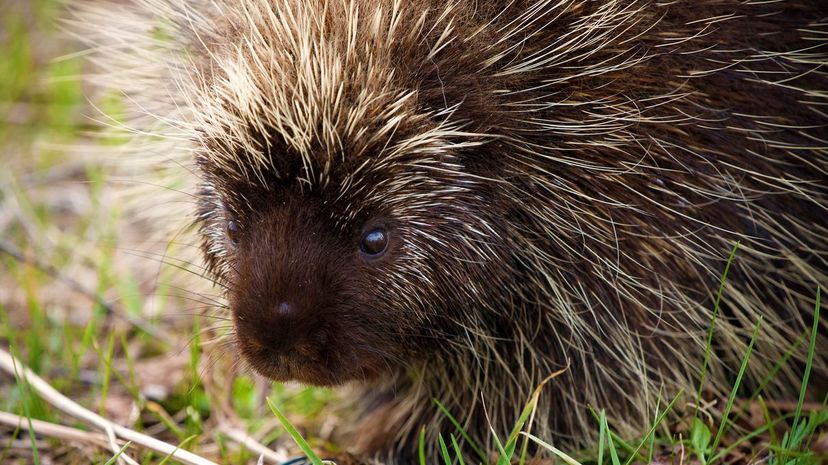
One thing you may not know about porcupine quills is that they have a substance on them that prevents infection once they've poked into you. This is not for the intended target of the quills, but for the porcupine themselves if they're ever accidentally poked by their own quills.
Advertisement
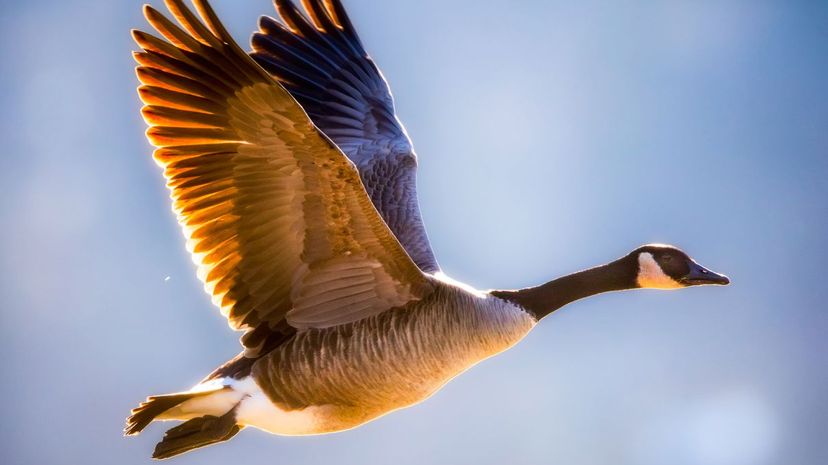
The Canada goose travels along with others in this flying formation. Flying this way makes it easier for the birds behind to follow, and they can keep track of one another.
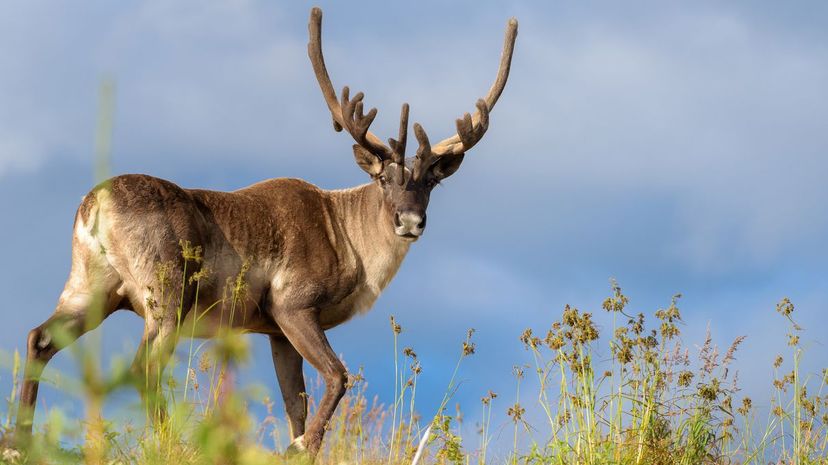
Caribou are part of the deer family, but in this species, both males and females can grow antlers. In the wild, they have short life spans of around five years, but they become independent quite quickly.
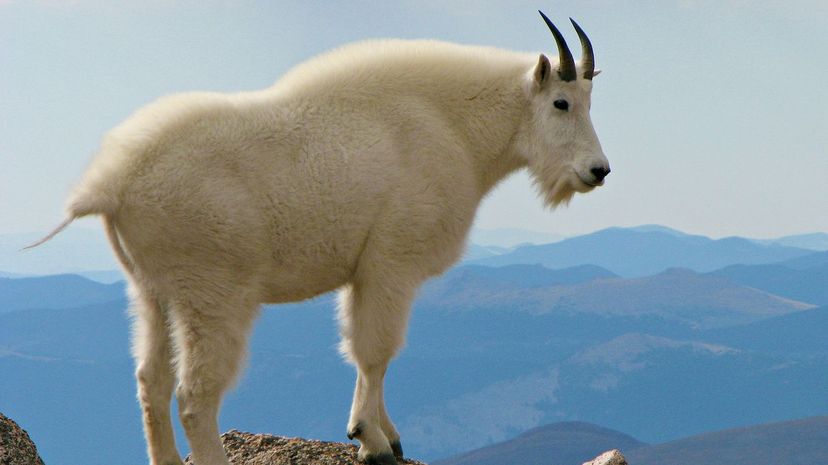
The mountain goat lives in only the toughest terrain, giving it its name, of course. They feel right at home on the tallest of ledges and have no fear of jumping far across gaps. Want to know how old a mountain goat is? Count the rings on its horns!
Advertisement
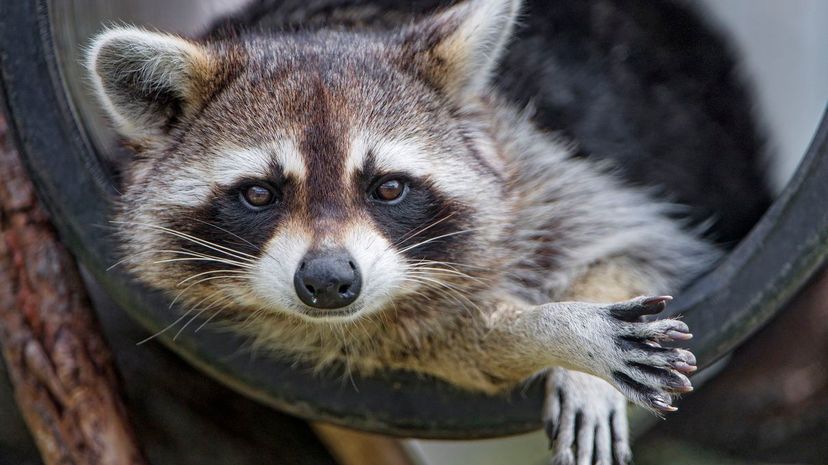
It's not uncommon to walk outside and find a raccoon playing in your trash bin. They have hands similar to ours, making it much easier for them to cause some mayhem. They're also quite intelligent.
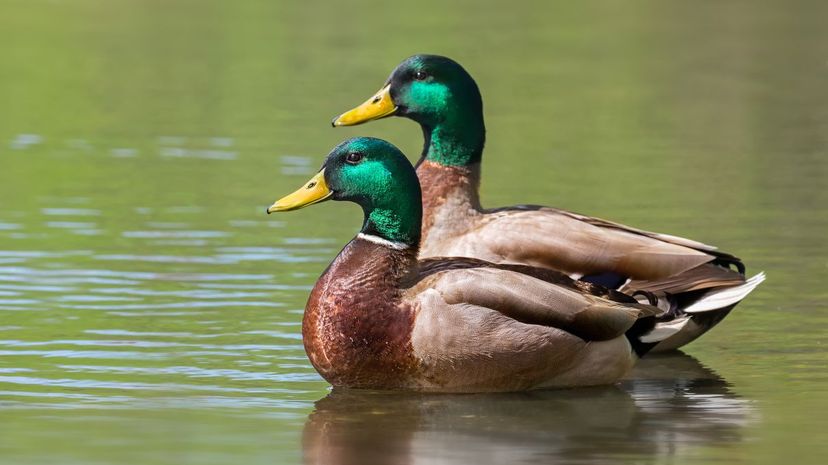
You can find these guys almost anywhere as they have no preference for where they live, as long as anything they need is there. While a mallard is a male, a female duck is easily distinguished by its gray colour.

The wolf has a group mentality, and it lives with multiple members of the same species. Despite this, wolves stick with one member of the pack for their entire life. Of course, this is different for lone wolves.
Advertisement
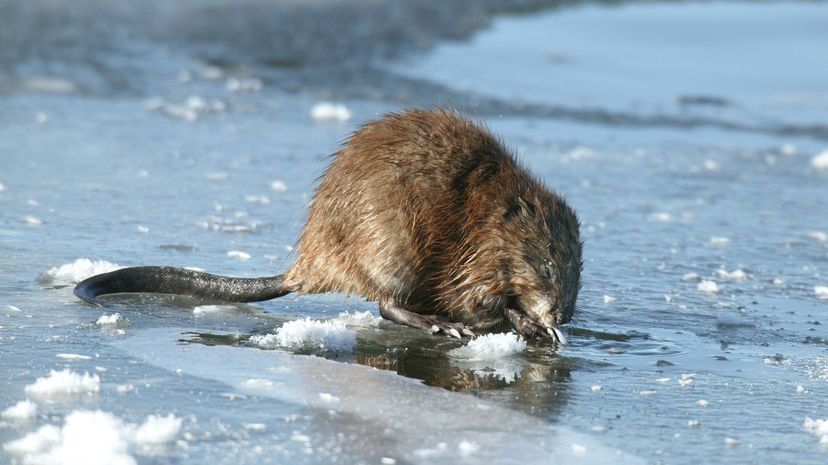
The muskrat has a musk that it uses for many reasons. It not only marks their territory but it also serves as a warning for other intruders. Despite marking their territory, where there's one, there's usually many who are part of a group.
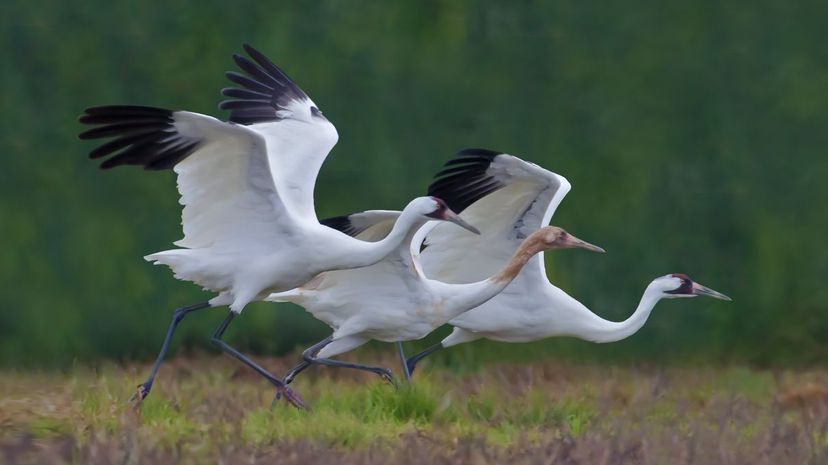
If you walked up to one of these birds, you might even look face to face with them. They stand at around 5 feet tall, and unfortunately, they are endangered. The best way to see them is to visit the Alberta/Northwest Territories border.
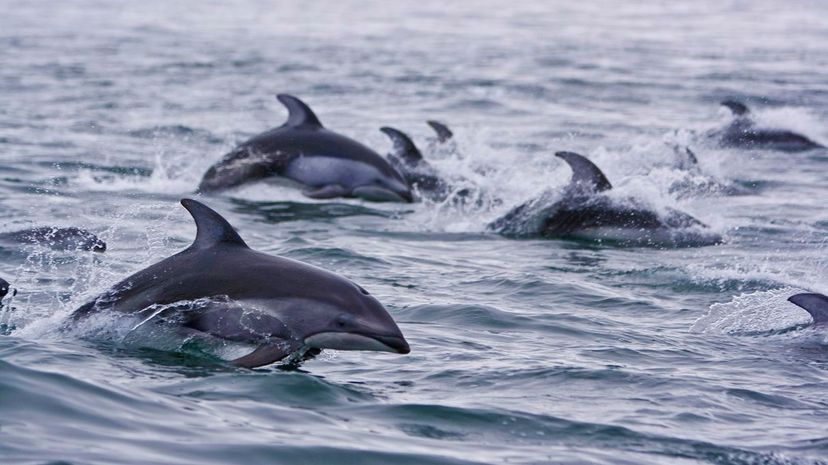
Dolphins are mammals, which means breathing air is mandatory. They also live in very large groups with some numbers reaching into the thousands. It must be hard to keep track of who else is supposed to be in your pod!
Advertisement
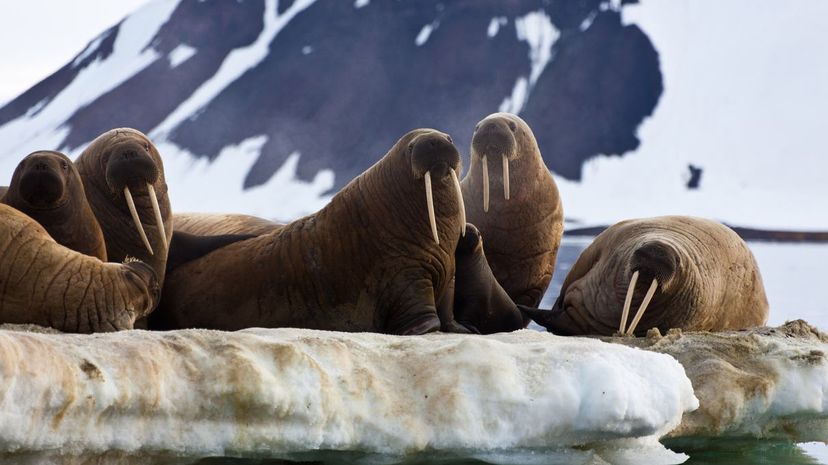
A walrus' teeth/tusks are very important to the animal's life. Their size acts as an indicator of social status, and they also have a practical use. Walrus' can often be found dragging themselves or hanging onto something with their tusks.
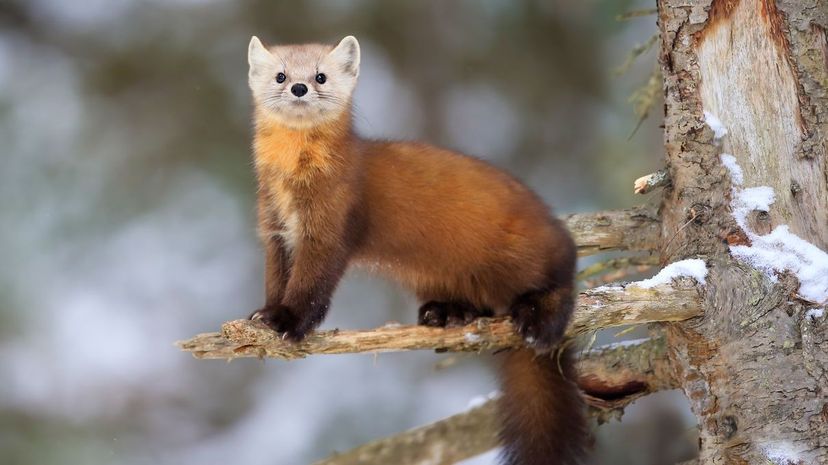
The pine marten can be distinguished from other animals by this stand-out feature of its coat. However, count yourself lucky if you spot one because they don't show themselves often. Even biologists can have some trouble tracking them down!
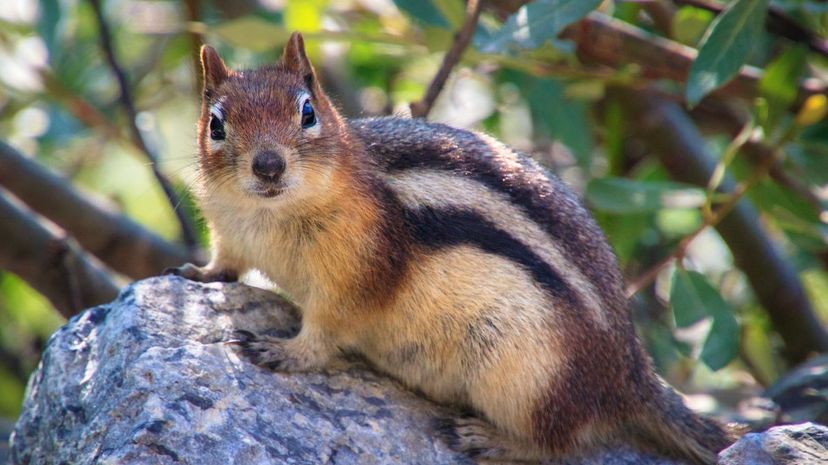
Chipmunks are the introverts of the wild. They'd much prefer to hang out by themselves than with other chipmunks. However, once they are in mating season, this changes completely. As soon as it's over, they go back to their lonely ways.
Advertisement
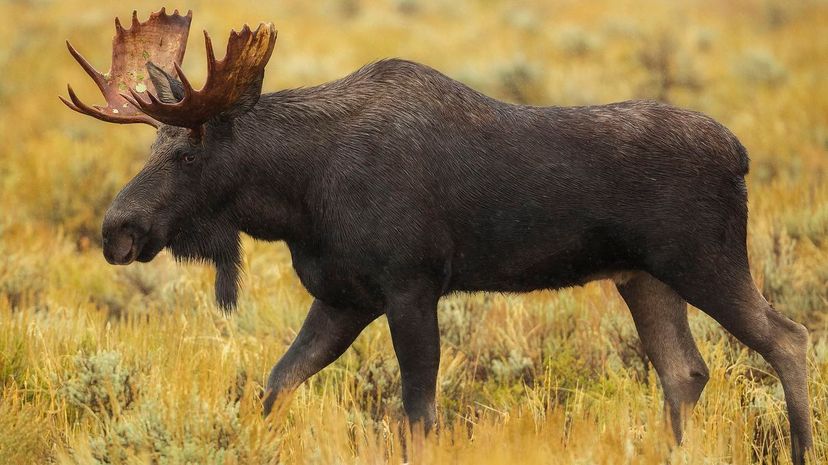
Moose are very large animals, but they can definitely run at fast speeds. One other unique thing about moose is that they also go looking for food underwater, despite being land animals. They're quite experienced when it comes to diving!
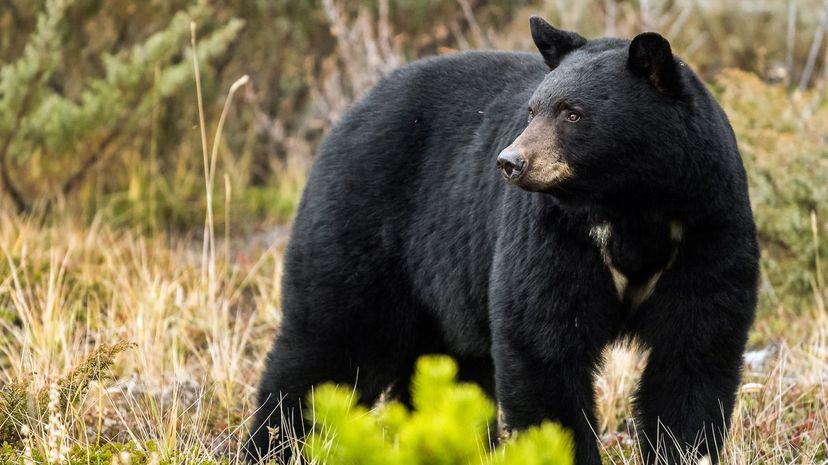
Black bears are the smallest of the bear species within Canada, but that doesn't mean that they aren't powerful! They're hungry animals, always on the lookout for their next meal, even if that might be in your cooler.
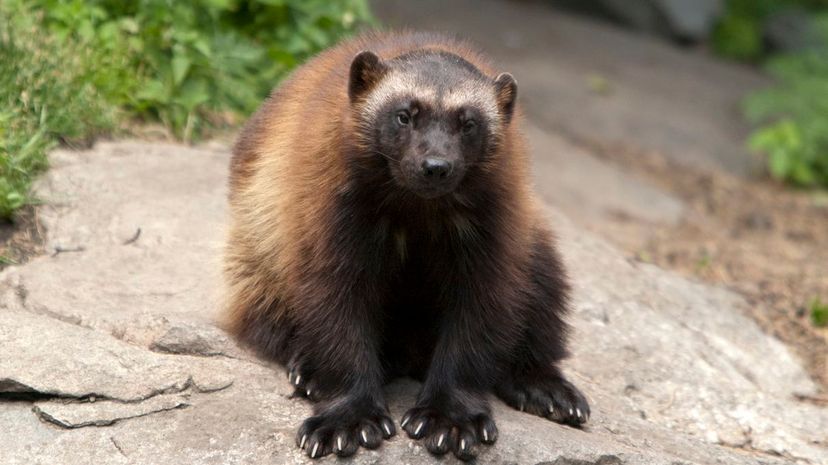
These shy animals can be pretty vicious at times. Being carnivores, they have no trouble chowing down on a smaller animal. One other fact about the wolverine is that when they choose a partner, they stick with them for life.
Advertisement
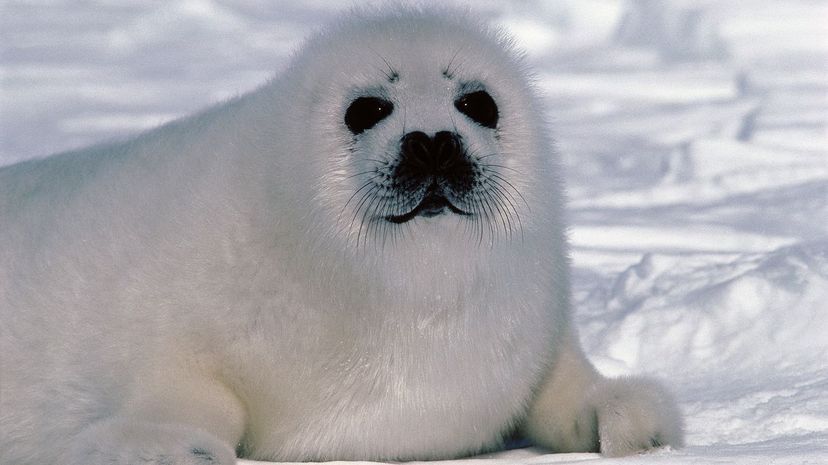
Up in the Arctic lives the harp seal, which can also be found in parts of Newfoundland. They have adorable pups that are born with white fuzzy fur. They can also hold their breath for up to 20 minutes while underwater.
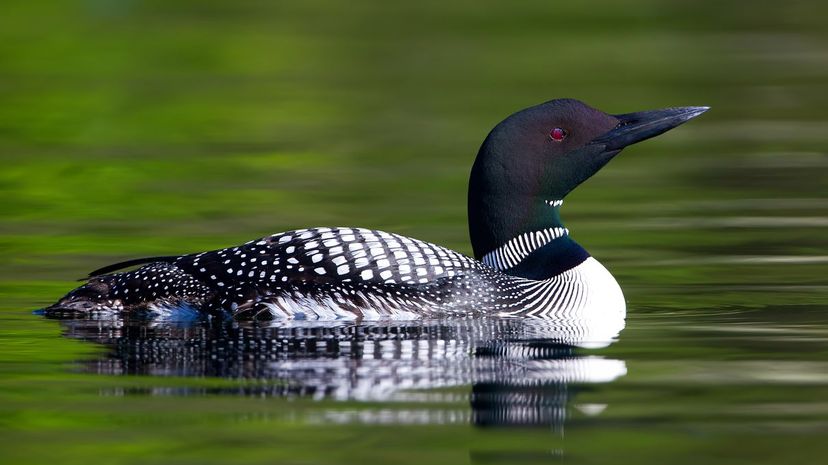
Loons are pretty cool in more ways than one. Their eyes are usually gray in the winter, but they turn a shade of red in the summer. Did you know that they're also tough enough to digest rocks?
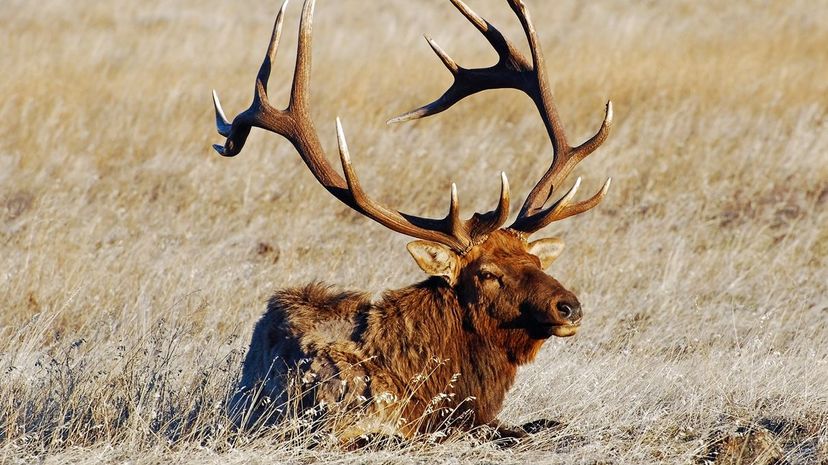
Elk travel in herds, something that only some in the deer family do. Usually, the females only give birth to one calf, though it is possible to have two. The calves stick by mom for about two months, then integrate as part of the herd.
Advertisement
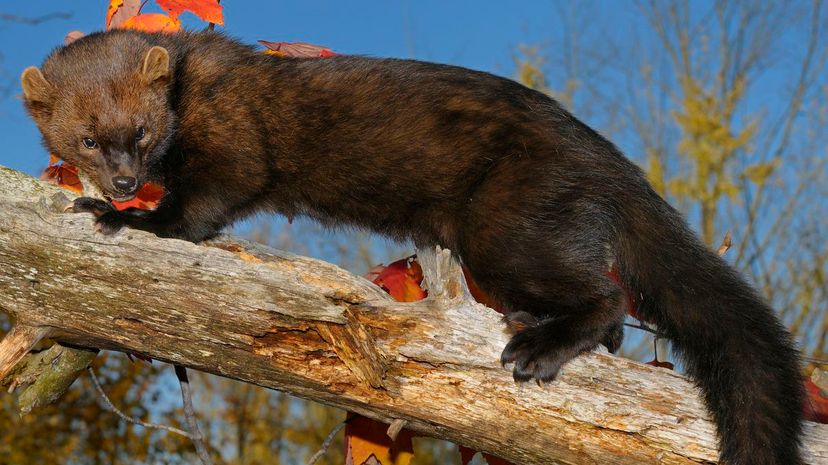
Fishers are small predators that like to come out around the nighttime. They like to eat smaller animals, like birds and mice. Fishers lurk in the woods and like to keep to themselves, but they're not afraid to defend themselves!
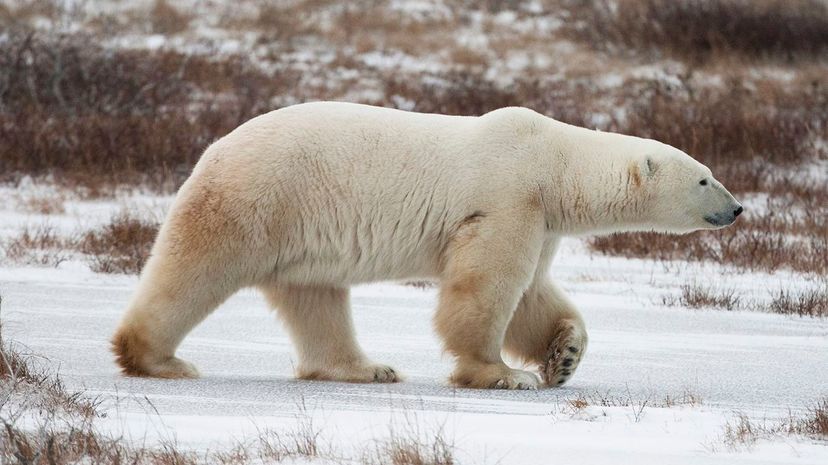
The polar bear is an animal that most people think of when they think of Canada. While it exists in the northern parts of our country, it also exists on our toonies. Canada boasts the highest number of polar bears in the world.